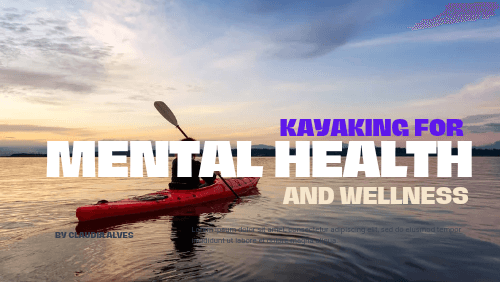I’m going to let you in on a little secret: Kayaking For Mental Health And Wellness the simple act of kayaking can do wonders for your mental health and wellness. It’s not just about enjoying the great outdoors or getting a good workout.
The Healing Power of Water

There’s something almost magical about the way water flows around your kayak, the rhythmic sound of your paddle slicing through the surface, and how these elements work in harmony to soothe your mind and invigorate your soul.
Stories of Transformation
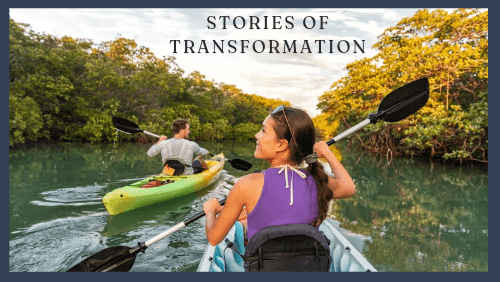
You’re going to find out about people who have found peace and strength in the steady cadence of their paddles. These are tales not just of conquering whirling rivers or vast lakes, but also of navigating the complexities of the human psyche.
Beyond Physical Exercise

In my opinion, kayaking isn’t just a physical endeavor; it’s a vessel for transformation. That’s right; pushing through the water’s resistance can mirror our own pushes through life’s challenges.
Kayaking for Mental Health Benefits

Choose something that resonates with you as we venture through a discussion on kayaking’s mental health benefits, how to use it as stress relief, and ways to foster mindfulness and overall wellness while slicing through the waves.
By the end of this article, you might just be ready to pick up a paddle and embark on your own journey on the waters of well-being.
Charting the Waters of Mindfulness and Movement
Paddling a kayak isn’t just about the physical journey across water; it’s a metaphorical voyage towards mental clarity and emotional balance.
It’s where the rolling ripples act like therapists, the oars become tools of tranquility, and the horizon serves as the goal for inner peace.
In my opinion, the indelible connection between kayaking and enhanced mental health is worth exploring in depth.
The Science Behind the Serenity

To understand kayaking’s influence on mental well-being, consider its intrinsic benefits. When you’re gliding over the water’s surface, a cascade of mood-improving chemicals like endorphins surges through your body, offering a natural, paddle-powered antidepressant.
It’s more than a mere boost in mood; it’s about a sustained shift towards positivity and stress reduction. Improved cognitive function joins the fleet of benefits; strategic navigation and rhythmaping out strokes foster problem-solving and concentration.
Blue Mind Theory and Bilateral Stimulation
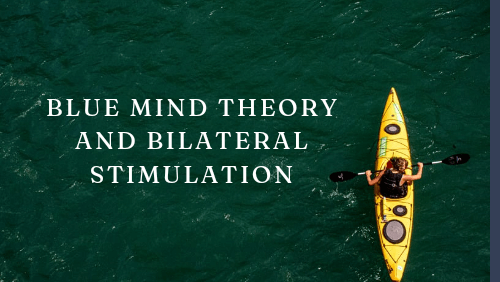
But kayaking’s power over our mental state might be part of a bigger picture, one explored in the Blue Mind Theory. Dr. Wallace Nichols’ findings suggest that simply being near, in, or under water can induce a meditative state that promotes calmness, innovation, and happiness.
As you synchronize your stroke with your breath, you’re participating in a form of bilateral stimulation � a process often used in therapy to calm the brain’s amygdala, the area responsible for emotional responses, particularly fear and anxiety.
Personal Stories of Healing
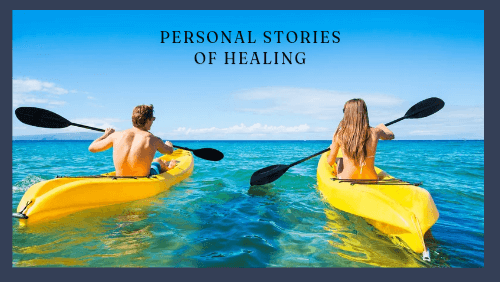
The anecdotes are widespread and often deeply personal. People from various backgrounds report how the serenity of the waters coupled with the rhythm of paddling brings forth a sense of release and clarity.
For some, these experiences mean the gradual ebbing away of anxiety symptoms. For others, it’s about finding solace and mental strength in the face of life’s tumultuous waves.
The Social Aspect of Kayaking
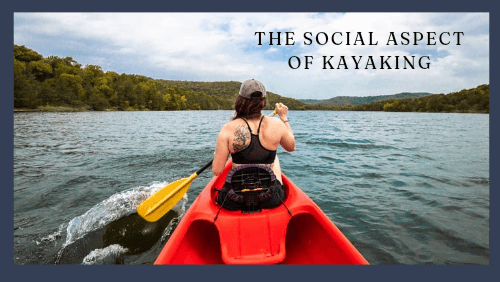
Now, it’s essential to recognize that while kayaking can be a solitary activity, it doesn’t have to be lonely. The presence of a supportive community or sharing a kayaking trip with friends can turn it into a collective therapeutic session.
The shared rhythm of paddles hitting the water can synchronize more than just movements; it can synchronize hearts and minds, amplifying the mental health benefits.
The Paddle Stroke Meditation: Syncing Breath and Movement for Serenity
You might think that meditation requires sitting still in a quiet room, but that’s not always the case. I’m going to tell you about the enchanting blend of kayaking and meditation, which I call ‘The Paddle Stroke Meditation.’ This isn’t just about paddling through water; it’s about syncing your breathing with your movements to create a floating meditation practice.
The Rhythmic Technique
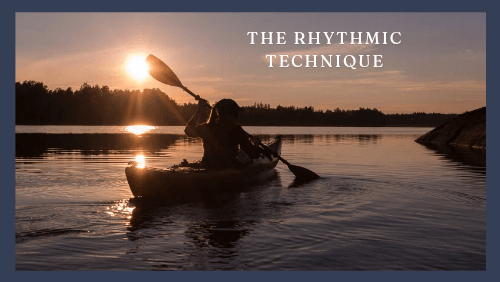
As you glide over the water, each stroke becomes a meditative rhythm. It’s a simple yet powerful technique that maximizes the stress-relieving potential of kayaking.
You can always adjust your approach down the road, but try starting with coordinated breathing. Inhale deeply as your paddle lifts from the water and exhale as it dips back in, creating a seamless cycle.
Selecting the Right Environment
Choosing the right environment is crucial for this practice. I recommend seeking out calm waters, such as a quiet lake or a slow-moving river. Early morning is an exceptional time, as the tranquility of dawn adds to the experience.
Sites with minimal wind and a clear path are ideal, allowing you to focus on the meditative aspects rather than navigating tricky waters.
Enhancing the Experience

Now, if you want to deepen this meditative experience, incorporate guided meditation or mindfulness practices while you paddle.
Engage your senses fully – listen to the gentle slap of water against your kayak, feel the breeze on your face, and watch the dance of light on the water’s surface.
Tuning into these sensory experiences can lead to achieving a state of ‘flow,’ where you’re so absorbed in the moment that everything else fades away.
Practice and Patience

Don’t worry too much about perfecting your meditation technique on the first attempt. Meditation, much like kayaking, is a skill that develops with practice.
Just don’t focus too much on perfection; the goal is to find peace and serenity on the water, which is an end in itself. Who knows, you might find that the rhythmic strokes and the sound of water become your favorite way to de-stress and reconnect with yourself.
Conclusion: Paddling into a Future of Enhanced Wellness
We’ve now journeyed together along the serene waterways of kayaking for mental health and wellness, exploring each ripple and wave that contributes to our psychological well-being.
From the mood-boosting serenity of rhythmic paddling to the profound impact of blue skies and clear waters, kayaking emerges not just as a recreational activity, but as a vessel for healing and self-discovery.
Reflecting on the Journey
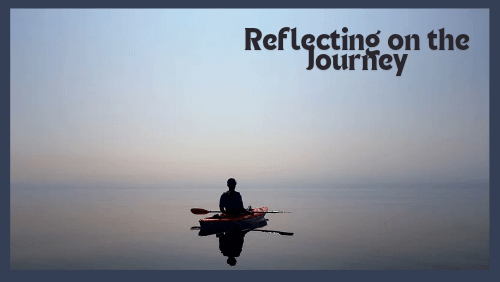
I’ve shared with you a spectrum of topics, from the stress-dissolving powers of mindfulness kayaking to the mentally restorative aspects of paddling in the lap of nature.
The personal stories and established research we’ve delved into validate the transformative qualities of kayaking. You now understand that every stroke, every breath, and every moment on the water has the potential to improve your mental and physical state.
Getting Started with Kayaking
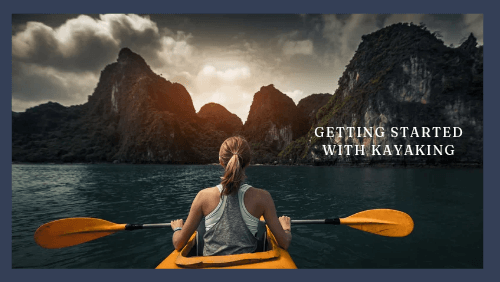
I encourage you to consider how you might welcome the practice of kayaking into your life. If you’re new to this world of water and wellness, take heart that your first time in a kayak doesn’t need to be perfect.
Begin with calm, short paddles; feel the water’s rhythm, and allow nature’s gentle caress to work its magic on your mind and body.
For the Seasoned Paddlers
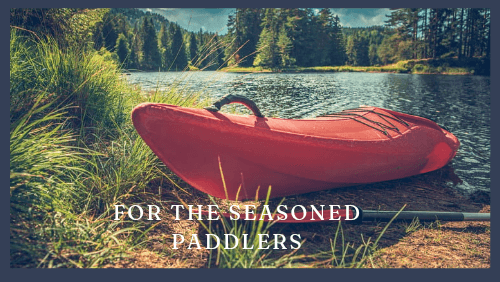
For those veterans of the kayak, I hope you’ve found a renewed appreciation for your paddles and perhaps new practices to enhance the experience.
Sharing this journey with friends, family, or members of your community can amplify the benefits and extend the joys of kayaking well beyond the individual, creating ripples of wellness throughout your circle.
Embracing the Journey
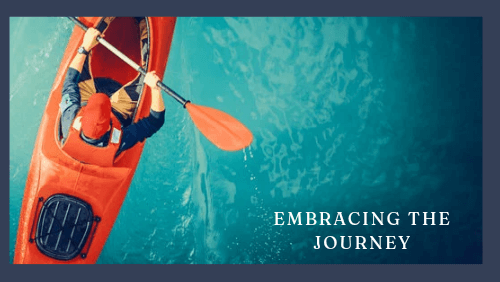
In my opinion, kayaking offers an unparalleled fusion of adventure and calm, a rare balance that can fortify our lives with resilience and peace.
So I whole-heartedly encourage you to dip your paddles into the waters of wellness, and if you feel inclined, share your personal experiences or insights in the comments below.
Let’s create a current of conversation and support, helping each other navigate the waterways to a healthier, happier existence.
